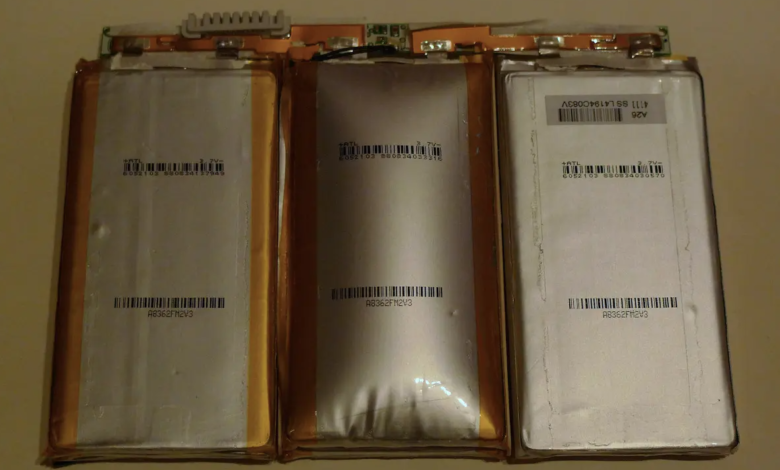Flame retardant electrolyte for super-safe lithium batteries

100% safe lithium batteries? To help comes a new chemical recipe created by a group of international scientists. By mixing a known refrigerant and a commercial solvent, the Sino-US team has found the right compromise between safety and performance.
Lithium batteries, when can they catch fire?
Lithium-ion technology still dominates the accumulation industry, on any scale. From small units inserted in smartphones to battery packs of electric vehicles. And although most of them are built to strict standards, cheaper, non-compliant products continue to circulate in the market which can endanger consumers. In rarer cases, they may present factory defects or be inadequately treated by the same users – overloading, overheating, or damaging them – posing a safety risk.
This technology has an electrolytic formulation dominated by highly flammable organic molecules, capable of worsening the so-called “thermal escape”. What is it about? The chain reaction occurs when a rapid rise in temperature inside a cell accelerates unwanted chemical reactions inside which in turn leads to the release of heat. With the direct risk of catching fire or exploding.
read also Charging lithium batteries drops below 5 minutes with indium
Safer Lithium Batteries -75 to 80°C
Of course, these are special and mostly avoidable cases, but a group of researchers from the University of Hunan (China) and Clemson University (USA) has found a way to raise their guard without sacrificing performance. “Safety is essential for battery sustainability, especially considering that flammable organic molecules still dominate the electrolyte formulation. For the chemistry of a single electrolyte, the improvement of its safety often occurs at the expense of costs and performance”, reads the article published in Nature Sustainability.
The team finally broke this compromise by developing a self-extinguishing electrolyte, capable of easily transferring heat from the battery pack and operating over a wide temperature range. And at the same time be compatible with any chemistry. To achieve this, the work employed commercial and economical refrigerants, now used in fire extinguishers.
In detail, the researchers mixed Novec 7300 with a polar solvent and other substances to increase the duration of the compound. The result? The new electrolyte has excellent chemical and thermal stability that can make lithium batteries safer (but not only). It is non-flammable and works over a wide range of operating temperatures: -75 to 80°C. In a lithium-ion cell capacity retention reaches up to 96.7% after more than 200 charge and discharge cycles. In a 93% potassium metal one after 2,400 cycles.





